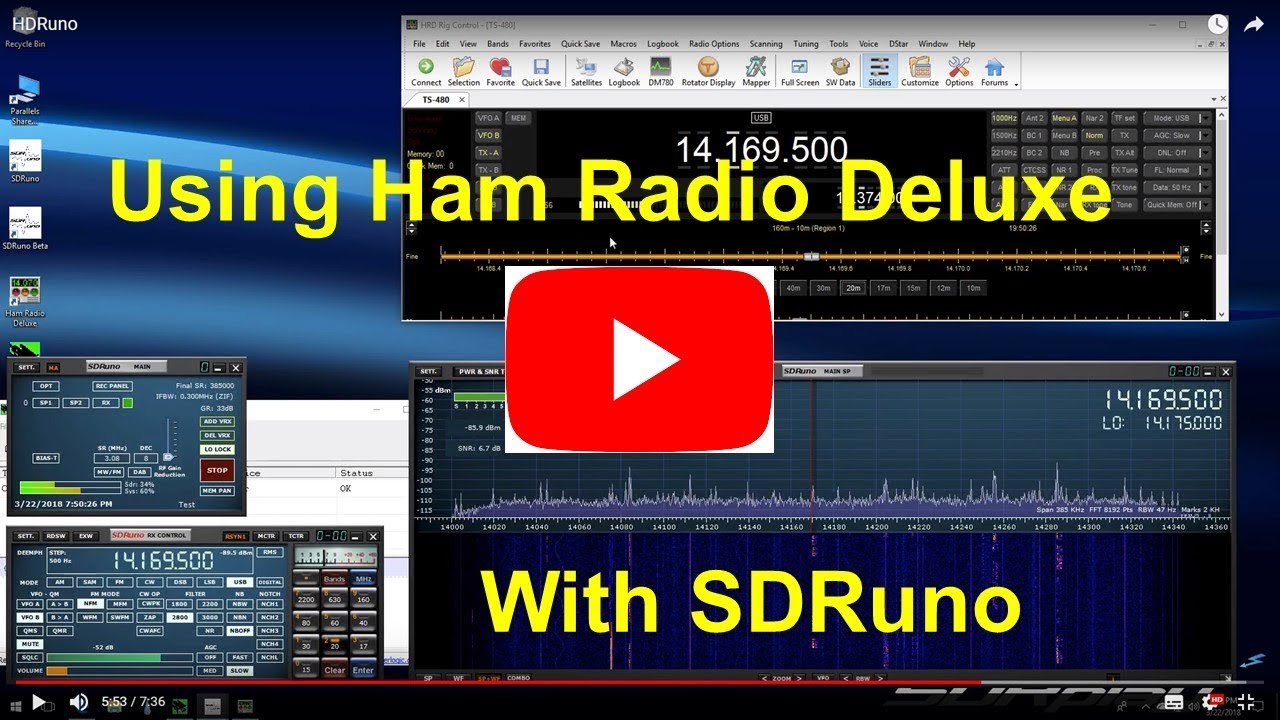
You can download WSJT-X from the WSJT-X website, which notes: Now that you have the necessary hardware, you need software to run the program. One of the most popular is the Tigertronics SignaLink™ USB Interface Unit. There are quite a few products that can be used for this. If your radio does not have a built-in sound card interface, you can still access this function through an external sound card. The ICOM IC-7100 HF/VHF/UHF transceiver is a mobile radio that has the audio interface built in. The ICOM IC-7300, Yaesu FT-991A, and Kenwood TS-590SG are good examples of base stations that have this built-in capability. Some radios have this built in, requiring only a simple USB cord. * Operational behavior similar to JT9, JT65 * Optional auto-sequencing and auto-reply to a CQ response * Multi-decoder finds and decodes all FT8 signals in passband * Decoding threshold: -20 dB several dB lower with AP decoding * Synchronization: 7×7 Costas arrays at start, middle, and end * Modulation: 8-FSK, tone spacing 6.25 Hz In writing about the FT8 protocol several months after its release, K1JT highlighted some of its important characteristics: The program was initially written by K1JT, but is now open source and is developed by a small team. Note that this says weak signal and not necessarily low power.

Created by K1JT and Steve Franke, K9AN, FT8 stands for “Franke-Taylor design, 8-FSK modulation.” WSJT-X is a computer program used for weak-signal radio communication between hams.


Joe Taylor, K1JT, announced the availability of a new mode in the WSJT-X software suite, FT8, on June 29, 2017.


 0 kommentar(er)
0 kommentar(er)
